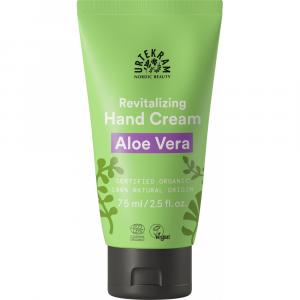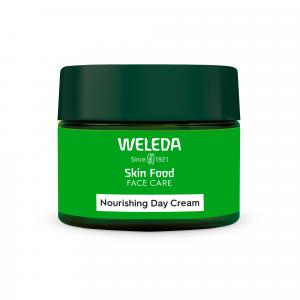Lemon myrtle (Backhousia citriodora)
Other names: Lemon myrtle
Harm score: 1 (Natural substances)
Lemon myrtle, also known as lemon myrtle, is an evergreen shrub or tree native to the rainforests and wetlands of eastern Australia. This plant, a member of the myrtle family, can grow up to 20 metres tall, but in central European conditions it usually reaches a maximum height of 3 metres. It is resistant to short-term frosts, but a prolonged drop in temperature below -5°C can damage its leaves. The lemon myrtle is known for its glossy light to dark green leaves, which give off a strong, fresh lemon scent when crushed.
Lemon myrtle is most popular for its lemony scent and taste. Its leaves contain high levels of lemon-scented essential oil and are widely used in cooking, most commonly as a spice. Its leaves are dried and ground into a powder, which is then used, like lemongrass, in vegetable and fish dishes or in baked goods. The lemon myrtle tree also produces an essential oil that is added to cleaning products, cosmetics, aromatherapy or bath salts, among other things. Due to the high concentration of citronella, which has repellent properties, myrtle oil is also successfully used as a natural repellent against mosquitoes and other insects.
You won't find this substance in our products. Try the natural, chemical-free products in our range.

Aloe vera hand cream 75ml BIO, VEG
Product detail
Skin Food Nourishing Night Cream
Product detail
Skin Food Nourishing Day Cream
Product detail